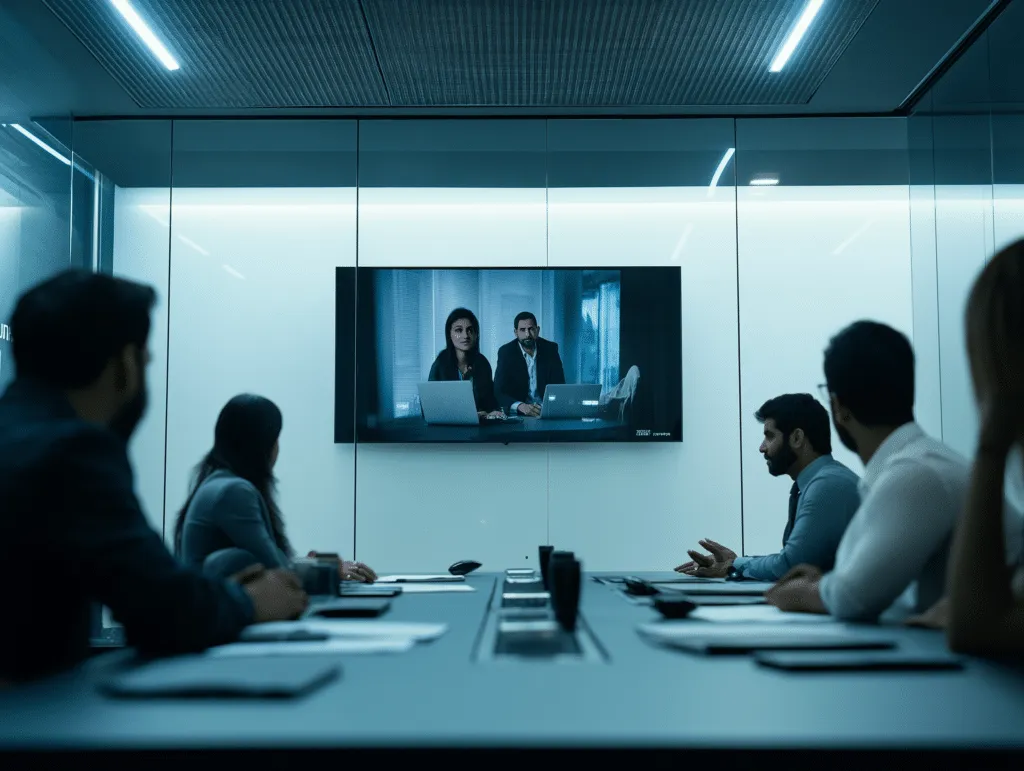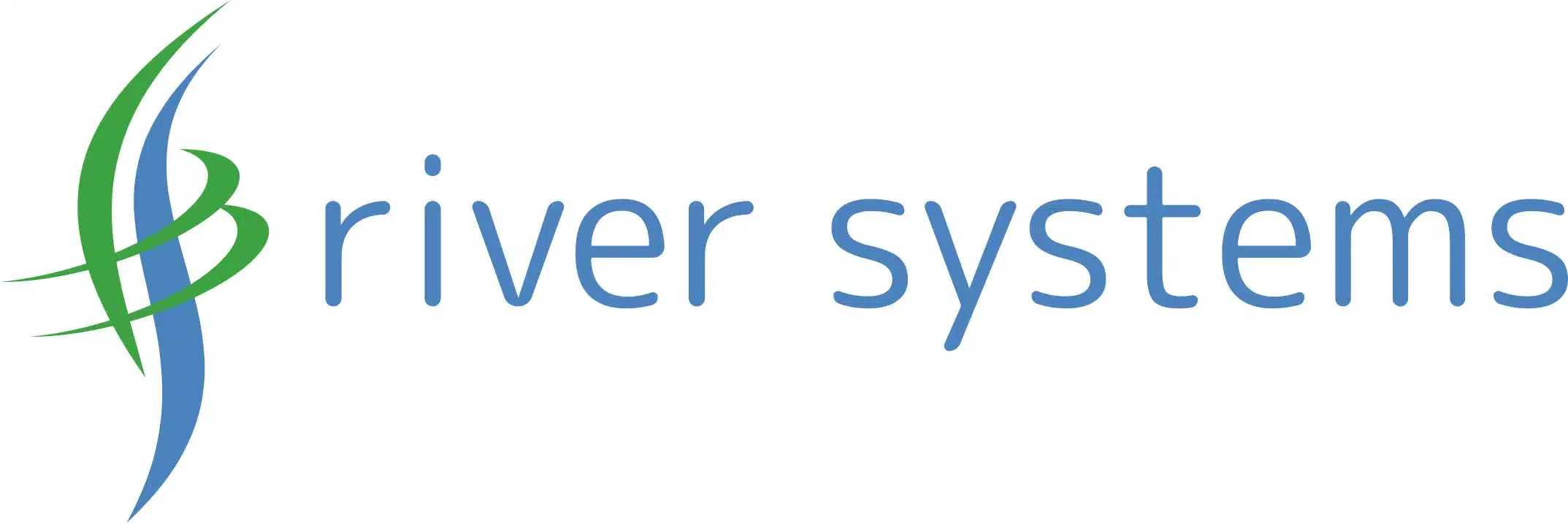Best Practices for Video Meetings: Tips for Success

Mastering video meetings requires practical know-how. This guide on the best practices for video meetings will help you ensure stable connections, optimal video quality, and active participant engagement. Dive in to make your virtual meetings seamless and professional.
Key Takeaways
- A stable video conferencing connection is essential; use wired connections, test the setup beforehand, and have a backup plan to prevent interruptions.
- Optimizing video quality involves proper camera positioning, effective lighting, and noise reduction strategies to enhance communication during meetings.
- Engage participants actively by using visual cues, maintaining eye contact, and adhering to video conferencing etiquette to foster a productive meeting environment.
Ensure a Stable Video Conferencing Connection
A stable connection is the backbone of any successful video conference. Imagine being in the middle of a critical discussion and your connection drops—frustrating, isn’t it? Using a wired Ethernet connection instead of Wi-Fi can prevent such disruptions. Wired connections are more reliable and less prone to dropouts, ensuring a seamless video conferencing experience.
Testing your connection before the meeting helps ensure stability. This proactive approach allows you to identify and resolve any potential issues beforehand. Starting the connection a few minutes early allows time to address any last-minute issues. It gives you ample time to troubleshoot any last-minute hiccups.
Lastly, always have a backup communication plan in place. Whether it’s a secondary internet connection or a phone number to dial in, having a contingency plan ensures that you can continue the meeting even if your primary connection fails. Ultimately, a stable connection guarantees a seamless video conferencing experience.
Optimize Your Video Quality
Video quality can significantly impact the video conferencing experience. Positioning your camera at eye level and framing it to show your midsection up ensures a professional appearance. This positioning not only presents you professionally but also mimics face-to-face interaction, making the video call more engaging.
Proper lighting also plays a crucial role. Avoid backlighting, as it can create shadows and make you appear as a silhouette. Instead, use diffused artificial light or position yourself facing a natural light source. Good lighting enhances video quality and can adversely affect video quality, making visuals clearer and more engaging.
Reducing background noise is also vital. Mute your microphone when you’re not speaking and consider using microphones designed to filter out extraneous sounds. This practice ensures clear communication and maintains the focus on the speaker, leading to a successful video conference.
Test Technology Beforehand
Nothing disrupts a video meeting more than unexpected technical difficulties. Testing your technology beforehand can prevent such scenarios. This includes verifying video and audio connections, and ensuring your computer, microphone, and camera work properly. Pre-testing identifies and resolves technical issues, preventing disruptions during the meeting.
Use online tools to check the functionality of your camera and microphone, and ensure they provide clear video and audio for all participants. Checking for software updates in advance helps avoid unexpected interruptions.
Conducting a practice session with a colleague can provide valuable feedback on the overall meeting flow and setup. This dry run helps you familiarize yourself with the platform’s features, such as chat access and screen sharing, ensuring everything works seamlessly during the actual meeting.
Use Appropriate Video Conferencing Software
Selecting the right video conferencing software is crucial for success. The software should be user-friendly and require minimal training to ensure effective use by all participants. Selecting a solution that integrates well with existing platforms like Microsoft Teams or Zoom can significantly enhance organizational functionality.
Testing the software beforehand ensures compatibility and avoids delays. Additionally, hosts should briefly explain the location of key tools such as mute and chat to ensure participants are familiar with the platform. Using tools like speakerphones and collaboration platforms can further enhance communication and engagement during video conferences.
Consistent and reliable video conferencing solutions minimize disruptions during online meetings and virtual meeting sessions. Opt for systems that are less expensive and require little to no maintenance to support long-term usability. Offering personal systems optimized for hybrid work environments can also improve online video conferencing connections and ensure a successful video conferencing meeting and video conferencing meetings.
Set Up a Professional Background
Maintaining a professional background helps focus attention and uphold professionalism during video calls. Keep your surroundings clean and free from distractions. A clear background directs attention to the speaker, enhancing the overall meeting experience.
If you’re unable to find a suitable physical background, consider using virtual backgrounds. These can be a great way to maintain professionalism while adding a touch of personalization to your video calls.
Mute Yourself When Not Speaking
Muting yourself when not speaking effectively avoids unnecessary noise and distractions. This minimizes background noise, ensuring clear communication. Muting yourself contributes to a more orderly and focused meeting environment.
It enhances overall meeting clarity and allows for more effective communication among participants.
Dress Professionally
Maintaining professionalism in video calls extends to your attire. Dressing appropriately for video conferencing is crucial for projecting professionalism. Wear attire suitable for an in-person meeting, opting for solid, neutral colors. Avoid black, white, striped clothing, loud patterns, and distracting colors.
Proper grooming is also important, as cameras can highlight unkempt appearances. Dressing fully helps avoid uncomfortable situations and keeps you prepared for any unexpected moments during the call.
Engage Participants Actively
Active engagement is essential for a successful video conference. Here are some video conferencing tips to enhance participation:
- Utilize visual and verbal cues to involve remote participants.
- Encourage participants to enable video and audio to foster interactivity.
- Use screen sharing to keep everyone engaged and prevent passivity.
By implementing these techniques, you can create a more dynamic and interactive video conference experience.
Having a meeting facilitator can significantly enhance participant engagement. The facilitator manages the agenda, encourages discussion, and ensures that everyone has an opportunity to participate. Technology like Meeting Owl 3 + Owl Bar can also help engage remote video conference attendees by providing a more immersive experience.
Avoiding multitasking during meetings shows respect and attentiveness. A clear agenda ensures focus and productivity in a video conference.
Maintain Eye Contact
Maintaining eye contact during video conferencing helps you appear engaged and professional. Looking directly at the camera during presentations enhances your presence and personalizes the interaction.
Position your camera at eye level to effectively use body language and appear more engaged. This setup helps maintain a proper distance from the camera, preventing unflattering views and keeping the focus on your face.
Follow Video Conferencing Etiquette
Proper video conferencing etiquette is essential for success. Timeliness shows respect for colleagues’ time and maintains social connections. Professional conduct and appearance are crucial for effective communication.
Staying focused ensures you fully understand the conversation and respond appropriately. Avoid checking emails or multitasking, as it can lead to distractions and undermine the meeting’s effectiveness. Engaging remote participants helps them feel included and valued.
Allow time for delayed responses when asking questions and be mindful of your actions, as they are visible to others. Dressing appropriately can enhance your mental state and productivity while working from home.
Utilize Microphone Arrays for Better Audio Clarity
Microphone arrays can significantly enhance audio clarity during video meetings. These systems capture sound from multiple directions, offering exceptional audio clarity. Advanced noise cancellation filters out background noise, maintaining meeting focus to ensure conference room microphones.
Modern microphone arrays offer simplified setup and maintenance, reducing complexity. They also integrate with AI tools for features like automatic voice tracking, ensuring remote attendees can hear in-person discussions clearly.
Compliance with Indiana House Bill 1167
Compliance with Indiana House Bill 1167 ensures public meeting transparency. River Systems provides state-approved streaming solutions that meet live streaming and archiving requirements. These solutions ensure equal access and transparency.
River Systems offers compliant streaming services and video systems, ensuring clear and uninterrupted broadcasts.
Summary
In summary, ensuring a stable connection, optimizing video quality, and following proper etiquette are key to successful video conferencing meetings. By choosing the right software, setting up a professional background, and actively engaging participants, you can enhance the overall meeting experience.
Remember, the goal is to create an environment where all participants can communicate effectively and feel valued. Implementing these best practices will help you achieve that and make your video meetings more productive and enjoyable.
Frequently Asked Questions
What best practices will help keep video calls secure?
To keep video calls secure, change default passwords and use Wi-Fi encrypted with WPA2 or WPA3. Additionally, choose encrypted video conferencing tools and enable access control features to manage participants effectively.
What etiquette rules should be followed when recording a video meeting?
When recording a video meeting, it is crucial to mute your microphone, minimize background noise, and position your camera properly. Additionally, maintain focus by avoiding distractions, keeping the camera on when possible, and being aware of the meeting’s recording status.
What is video conferencing etiquette?
Adhering to video conferencing etiquette involves staying focused and avoiding distractions like checking emails or social media during the meeting. Additionally, refrain from eating to maintain professionalism and respect for other participants.
Why is using a wired Ethernet connection recommended over Wi-Fi for video conferencing?
Using a wired Ethernet connection is recommended for video conferencing as it provides increased reliability and stability, minimizing the risk of dropouts compared to Wi-Fi.
How can I optimize my video quality for video meetings?
To optimize your video quality for meetings, position your camera at eye level, ensure proper lighting, and minimize background noise. These adjustments will significantly enhance your overall video presentation.
NEW PAGE
